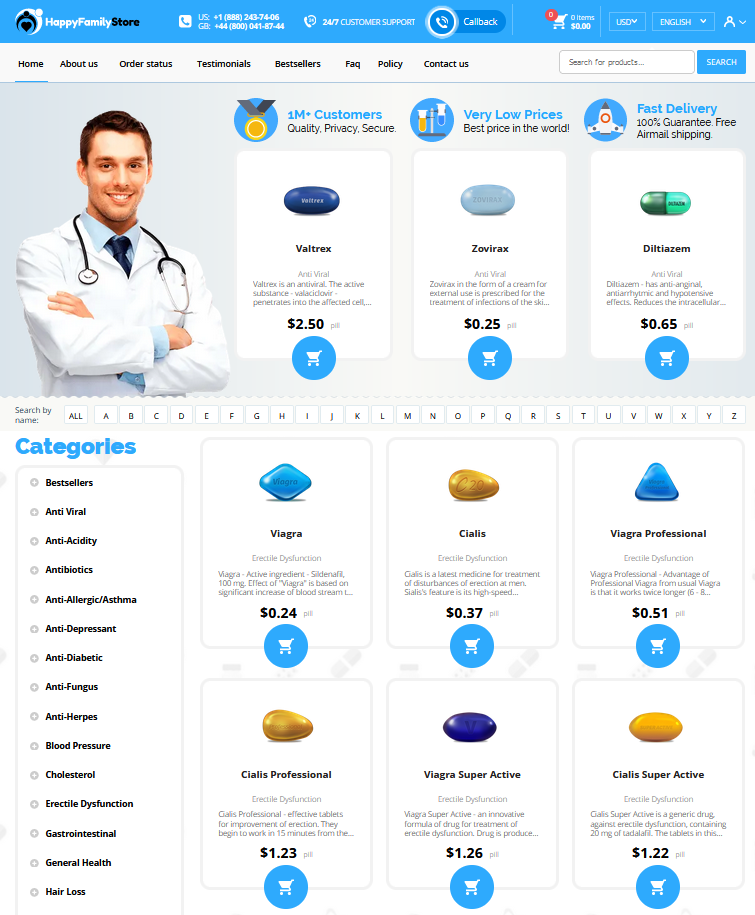Understanding Trazodone's Role in Medication Regimens
Trazodone, originally developed as an antidepressant, has found a versatile role in treating other conditions, primarily due to its multifunctional pharmacological profile. It is often prescribed for insomnia, anxiety, and certain types of chronic pain. The drug's effectiveness in these areas can be attributed to its ability to modulate serotonin levels, contributing to improved mood and sleep.
However, determining Trazodone's place in an individual's medication plan demands careful consideration of its interactions and impact. The personalized nature of medication regimens means that Trazodone can serve as either a primary or adjunctive treatment depending on the patient's needs.
| Benefit | Application |
|---|---|
| Improves Sleep | Used in treating insomnia |
| Regulates Mood | Mitigates symptoms of depression |
For healthcare providers, understanding its role helps optimize therapeutic outcomes while minimizing adverse effects. A successful regimen not only enhances treatment efficacy but also ensures patient safety and comfort.
Potential Benefits of Combining Trazodone with Other Drugs

In the complex landscape of treating mood disorders and insomnia, trazodone emerges as a versatile ally when paired with other medications. By harnessing its capability to improve sleep and reduce anxiety, trazodone can complement the effects of other antidepressants, offering a multifaceted approach to mental health care. This synergy can lead to enhanced therapeutic outcomes, allowing individuals to achieve better symptom control and overall wellbeing. Furthermore, the sedation effect of trazodone is particularly beneficial for patients experiencing sleep disturbances due to other medications, thereby improving adherence to prescribed treatments.
Moreover, trazodone's ability to act as an adjunct therapy can help reduce the dosage needed of other primary medications, thereby minimizing potential side effects such as weight gain or sexual dysfunction. This collaborative effect ensures that treatment plans are both effective and tailored to individual needs, promoting a more comprehensive and patient-centered care strategy.
Recognizing the Risks and Side Effects Involved
When incorporating trazodone into a treatment plan, patients and healthcare providers must be vigilant about potential interactions. Trazodone, an antidepressant primarily used to treat major depressive disorder and sometimes insomnia, may lead to complications such as serotonin syndrome when combined with other medications that influence serotonin levels. This rare but dangerous condition can cause symptoms like confusion, agitation, and increased heart rate.
Additionally, trazodone can amplify the sedative effects of certain medications, posing risks like excessive drowsiness or impaired cognitive function. Patients should be cautious when taking trazodone with other central nervous system depressants, such as benzodiazepines or alcohol. Ensuring proper consultation and supervision by healthcare professionals can help mitigate these risks and ensure a balanced approach to medication management.
Common Medications Frequently Combined with Trazodone

In the realm of mental health treatment, trazodone is often combined with a variety of medications to achieve comprehensive therapeutic effects. For instance, SSRIs like fluoxetine or sertraline might be prescribed alongside trazodone to enhance mood stabilization while concurrently addressing sleep disturbances. This combination leverages trazodone's sedative properties to counteract insomnia common in depression treatment. Additionally, some clinicians may combine trazodone with mood stabilizers, such as lithium, particularly in managing bipolar disorder, where sleep issues and depressive symptoms coexist.
Another common practice involves pairing trazodone with antipsychotics like quetiapine. This can help manage agitation or anxiety symptoms while promoting restful sleep, crucial for mental well-being. These combinations, though promising, underscore the importance of careful monitoring due to the potential for increased sedation or other complex interactions.
Case Studies Highlighting Success and Challenges
In one illustrative case study, a 50-year-old patient experiencing chronic insomnia and depression reported significant improvement in sleep quality and mood after combining trazodone with selective serotonin reuptake inhibitors (SSRIs). However, the patient initially faced challenges with drowsiness during the day, which was managed by adjusting trazodone dosing and timing. This highlights the importance of personalized medication regimens and monitoring side effects closely to balance efficacy and safety.
Another study involved a patient with anxiety and fibromyalgia, who faced increased dizziness and nausea when trazodone was added to their regimen of gabapentin. These adverse effects underscored the necessity for careful titration and regular consultation with healthcare professionals.
| Case | Outcome |
|---|---|
| Insomnia & Depression | Improved sleep & mood, initial drowsiness |
| Anxiety & Fibromyalgia | Increased dizziness & nausea |
Expert Recommendations for Safe Medication Management
Navigating the complexities of combined medication regimens requires a nuanced approach. Experts suggest starting with a comprehensive review of a patient's medical history and current prescriptions. This ensures any potential interactions are identified early. Collaboration among healthcare providers is vital, creating an integrated plan that puts patient safety first.
Consistent monitoring is a cornerstone of effective medication management. Regular follow-ups help in adjusting dosages or substitutes as needed, keeping the therapeutic goals on track. Patients should be encouraged to communicate openly about any new side effects.
Finally, education plays a pivotal role in safe medication practices. Patients must be informed about the importance of adherence, understanding the potential interactions, and reporting unexpected health changes. Equipped with this knowledge, they become active partners in their healthcare journey, minimizing risks while optimizing the therapeutic benefits of combined treatments.

